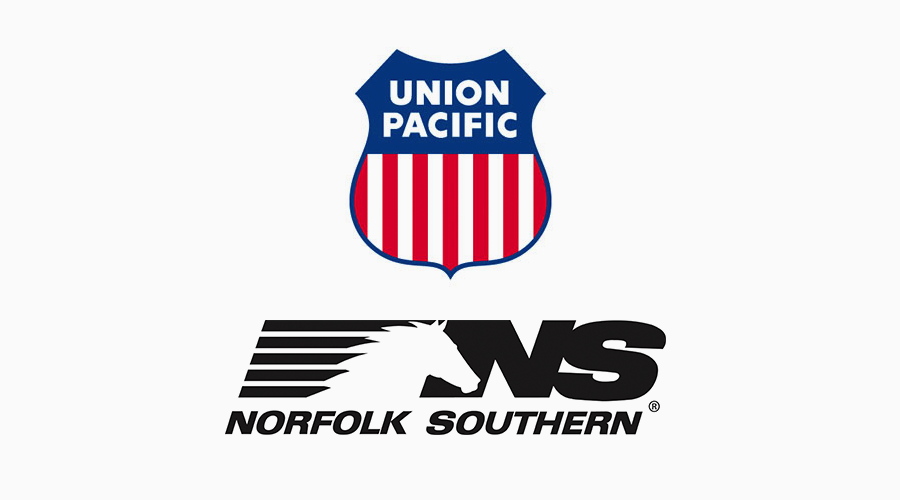In a potential game-changing development for the U.S. freight rail industry, Union Pacific (NYSE: UNP) and Norfolk Southern (NYSE: NSC) have confirmed they are engaged in advanced discussions over a possible merger that could create a coast-to-coast rail giant.
While the companies emphasized that there is no guarantee a deal will materialize, insiders suggest negotiations have entered a serious stage, with both parties actively exploring the logistics, financials, and regulatory feasibility of such a landmark transaction.
A Deal That Could Reshape U.S. Logistics
If finalized, the merger would combine Union Pacific’s massive rail network—stretching across the western United States—with Norfolk Southern’s 19,500-mile system in the eastern half of the country.
The resulting rail giant would offer seamless, end-to-end service from the Atlantic to the Pacific, streamlining operations and eliminating key transfer points like Chicago.
Industry experts say the merger could significantly reduce shipping delays, increase efficiency for customers, and provide a serious challenge to other major carriers such as BNSF Railway and CSX.
“This could be the most transformative rail merger since the Conrail split in 1999,” said transportation analyst Mark Ellis. “A coast-to-coast Class I railroad changes everything about how freight moves in America.”
Financial Firepower & Timing
Union Pacific’s robust Q2 2025 earnings—reporting $1.8 billion in net income and earnings per share of $3.03—suggest the company has the financial muscle to pursue a deal of this magnitude.
Norfolk Southern’s stock surged following news of the talks, while Union Pacific shares saw a modest decline, reflecting Wall Street’s assumption that UP would pay a premium.
Despite market interest, both firms reiterated that the deal is not yet certain and will depend on board approvals, shareholder alignment, and regulatory clearance.
Regulatory Watchdogs on High Alert
Any such transaction would be closely scrutinized by the Surface Transportation Board (STB) and the U.S. Department of Justice (DOJ).
Since adopting stricter merger review rules in 2001, the STB has taken a cautious stance toward rail consolidation to protect competition and public interest.
Concerns from shippers, Amtrak, labor unions, and rival carriers could pose hurdles. Analysts say the companies would need to demonstrate clear public benefits and safeguards against service disruptions or price hikes.
“The STB will not rubber-stamp this,” said legal expert Sarah Mendoza. “This is the type of deal that can take 18 to 24 months just to clear regulatory review.”
Strategic Motivation
The move appears to be driven by rising competitive pressures in the logistics sector. With trucking companies turning to AI and EV fleets, and intermodal demand growing, railroads are looking for scale and integration to stay competitive.
Moreover, the combined network could better serve key supply chain corridors, from agricultural exports to industrial inputs and e-commerce distribution.
What’s Next?
Though still in discussion phase, the talks underscore how consolidation is back on the agenda in U.S. railroads—after two decades of relative stability.
If the merger proceeds, it could spark a new wave of dealmaking among Class I railroads seeking similar efficiencies and geographic reach.
For now, the market—and regulators—will be watching closely.
Also Read
Lease vs. Buy: Complete Cost Analysis for Commercial Vehicles in 2025
Why the Trump Administration Is Backing Africa’s $4 Billion Lobito Rail Corridor

